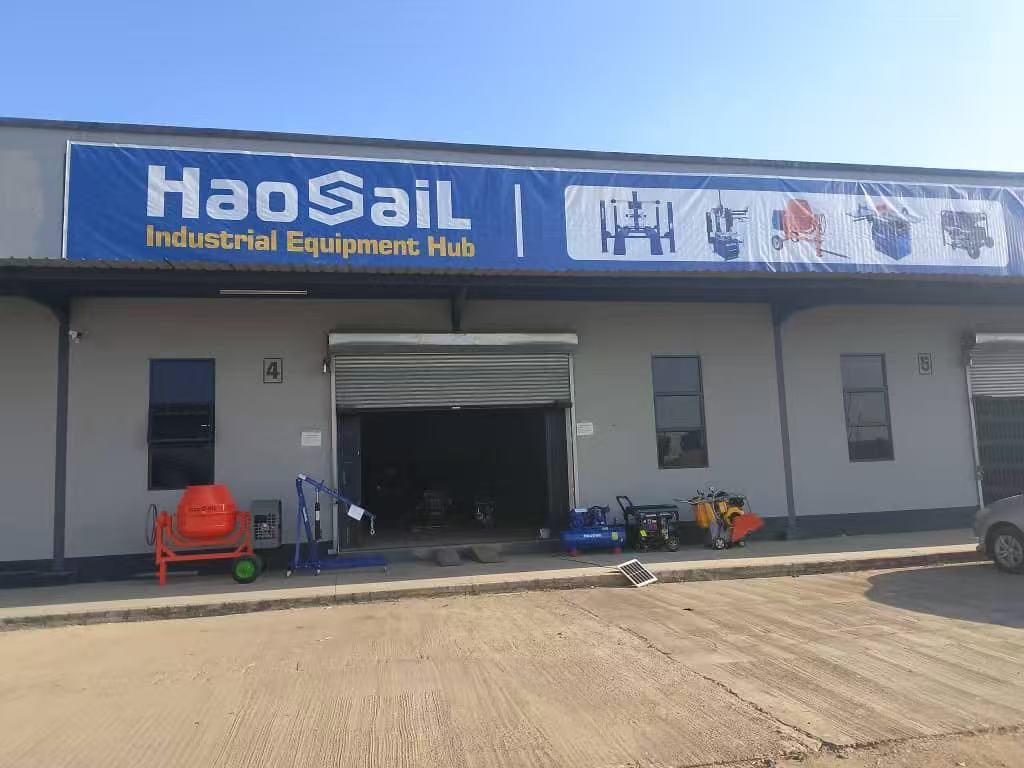
Aug 27, 2025
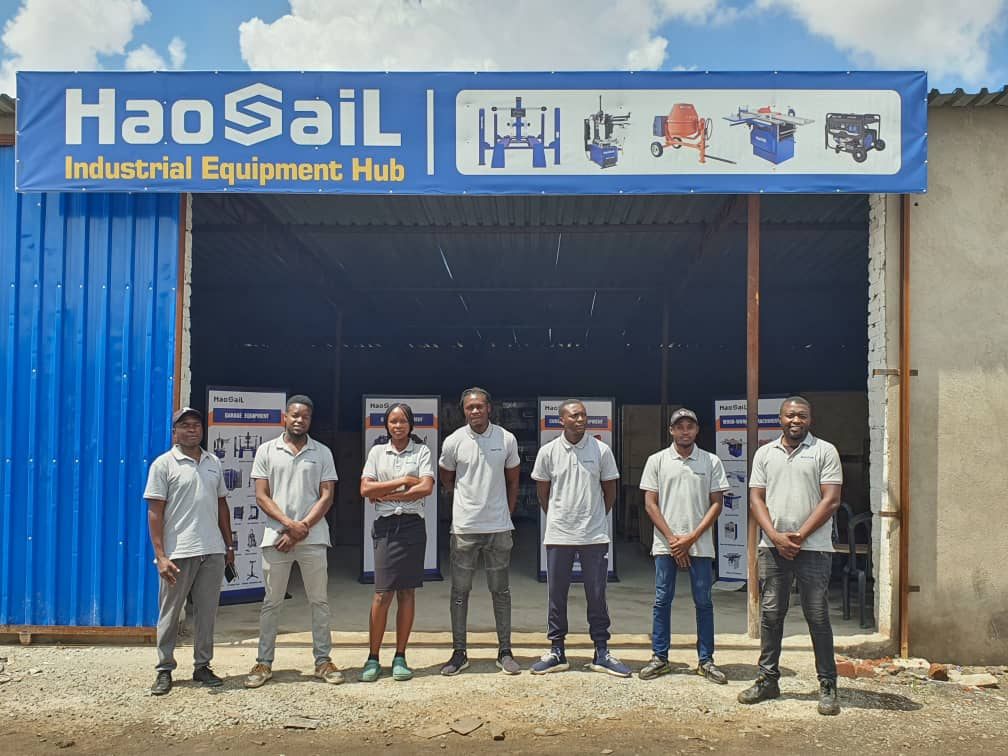
Aug 12, 2025
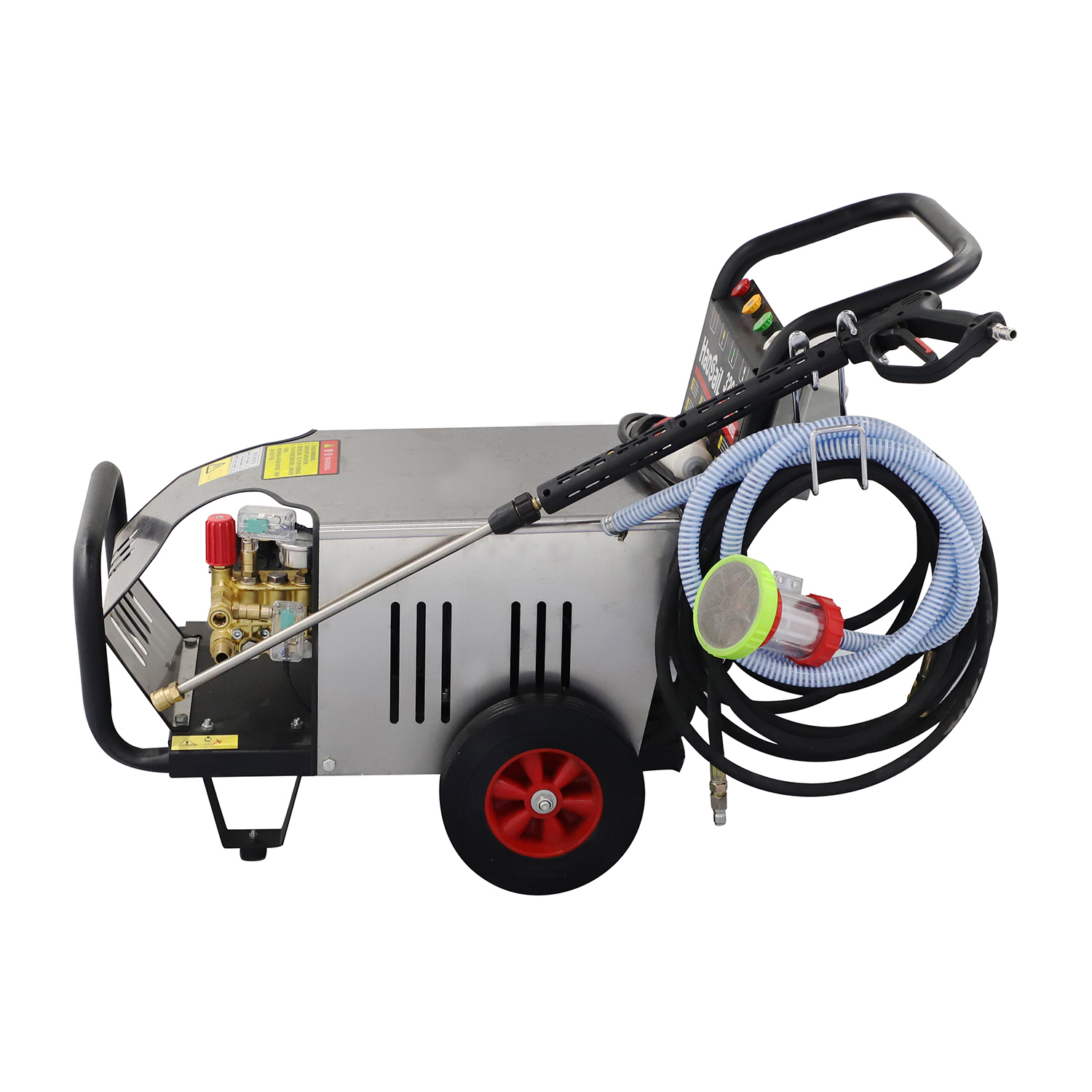
Jun 04, 2025
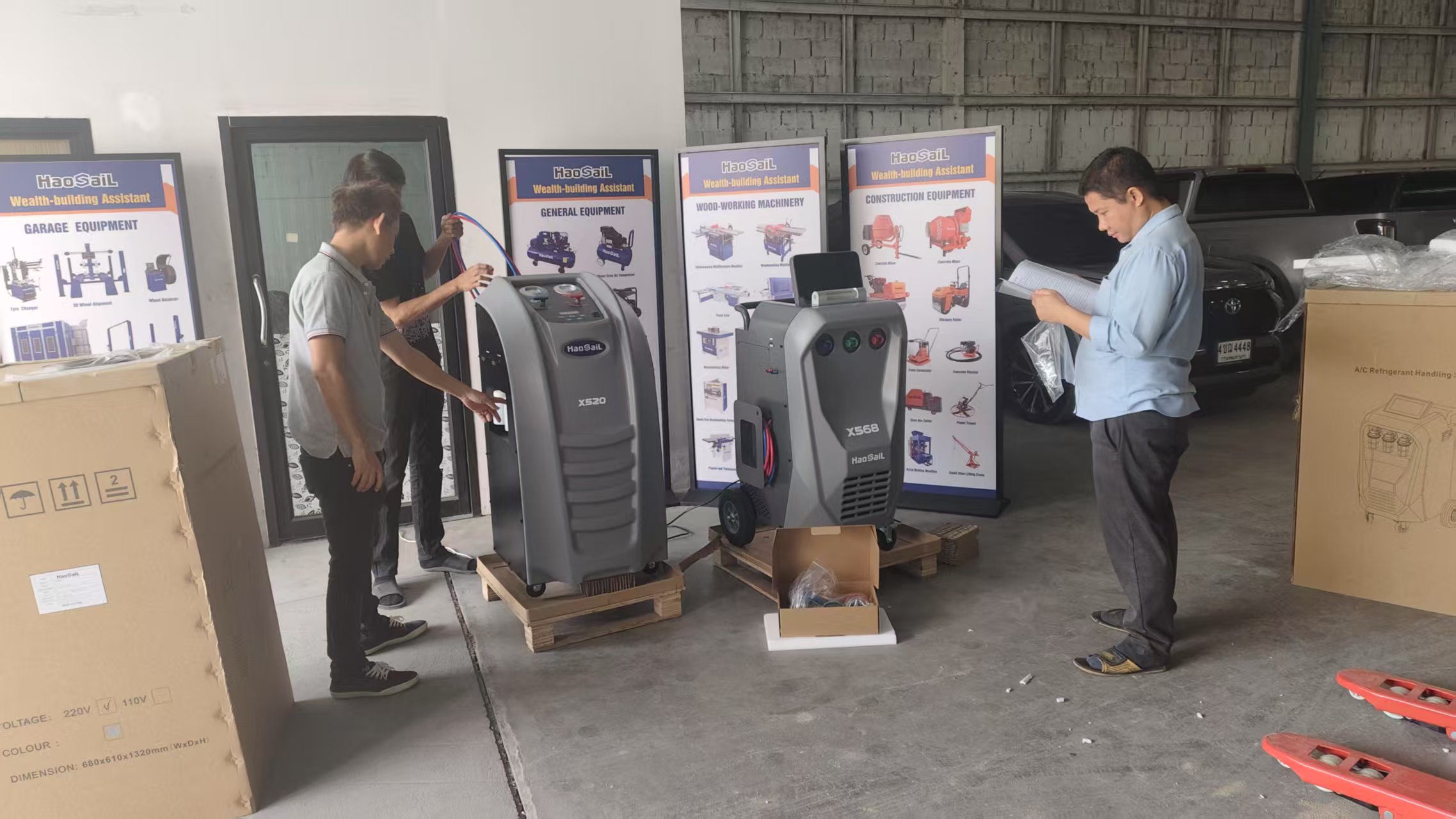
May 30, 2025
B4, Qingdao High-Tech Zone, No. 17 Songyuan Road, Qingdao.
+86 13864822549
**Tyre Changer**, as a crucial piece of equipment in automotive repair and tire replacement, has evolved in tandem with advancements in the automotive industry. Below are the key stages of its development and historical context:
---
### **1. Early Stages (Early 20th Century)**
- **Manual Operation Era**:
In the early days of automobiles (1900s–1920s), tire changes relied entirely on hand tools. Mechanics used simple tools like pry bars and hammers to painstakingly remove tires, a process that was highly inefficient and prone to damaging rims or tires.
- **Transition from Solid to Pneumatic Tires**:
Early vehicles mostly used solid rubber tires. By the 1910s, pneumatic tires became widespread, but their removal demanded more specialized tools, spurring the development of dedicated equipment.
---
### **2. Birth of Mechanical Tyre Changer (1920s–1950s)**
- **First-Generation Mechanical Tyre Changer**:
In the 1920s, as automobile production surged, the earliest mechanical Tyre Changer emerged. These devices used levers and clamping mechanisms to assist in tire removal but still required significant manual effort.
- **Improvements and Patents**:
During the 1930s–1940s, companies like the U.S.-based **Coats** introduced models featuring rotating platforms and tire press arms, boosting efficiency. These designs laid the foundation for modern Tyre Changer.
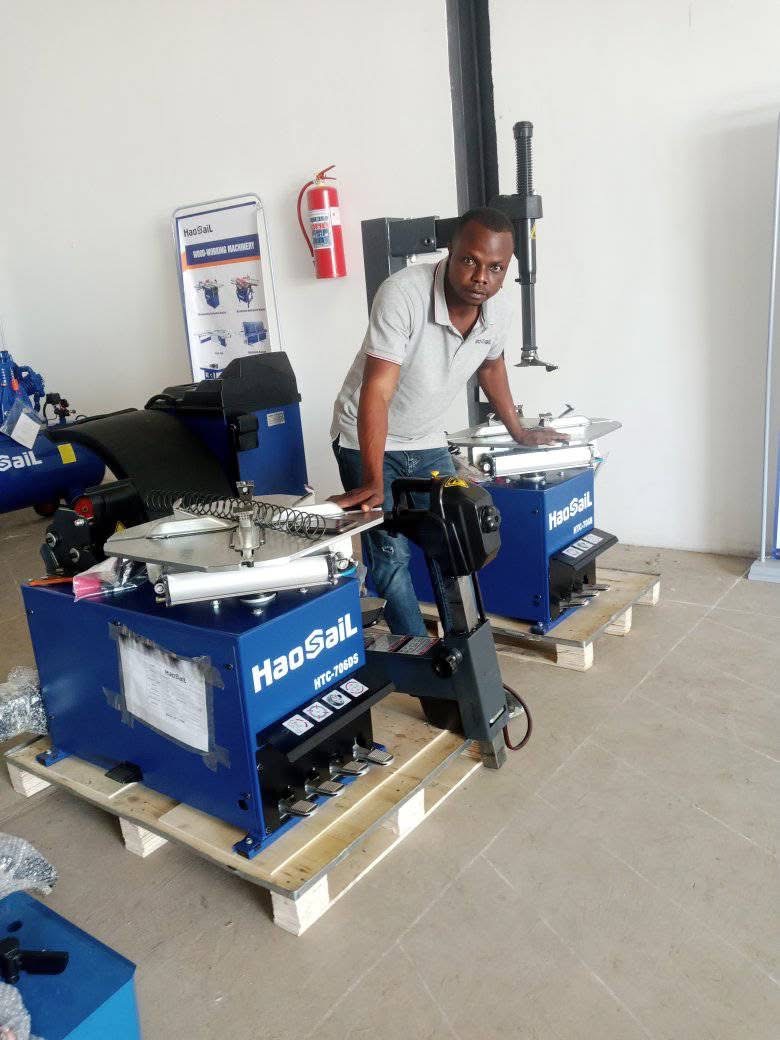
### **3. Hydraulic and Pneumatic Era (1960s–1980s)**
- **Automation Upgrades**:
With the maturation of hydraulic and pneumatic technologies, Tyre Changer began incorporating power-assisted systems (e.g., hydraulic arms, pneumatic tire pry bars), significantly reducing physical strain.
- **Specialized Development**:
To accommodate different vehicle types (cars, trucks) and rim materials (steel, aluminum), Tyre Changer diversified. For instance, the rise of aluminum rims in the 1970s drove innovations in scratch-resistant designs.
---
### **4. Electronic and Smart Evolution (1990s–Present)**
- **Electrification and Programmable Controls**:
Post-1990s, electronic control systems were integrated, enabling features like automatic clamping and adjustable rotation speeds. High-end models added sensors for automatic rim size detection.
- **Fully Automatic Tyre Changer**:
By the early 2000s, fully automatic models (e.g., **Hunter Engineering**'s series) became standard in premium repair shops, further minimizing manual input.
- **Eco-Friendly and Safety Enhancements**:
Modern Tyre Changer prioritize energy-efficient designs (e.g., low-power motors) and operational safety (e.g., anti-explosion mechanisms).
---
### **Key Brands and Technological Milestones**
- **Coats**: A U.S. brand that dominated the market since the 1920s, with early models like the **Coats 10-10** becoming industry classics.
- **Corghi**: An Italian company renowned for high-end automatic changers, introducing modular designs in the 1980s.
- **Hunter**: Known for smart devices, post-2000 models integrated TPMS (Tire Pressure Monitoring System) compatibility.
---
### **Future Trends**
- **AI and IoT**: Some manufacturers are exploring AI-assisted diagnostics (e.g., tire damage detection) and remote maintenance capabilities.
- **Lightweight Designs**: Adapting to the needs of electric vehicles, such as larger rims and aerodynamic profiles.
---
From purely manual labor to intelligent machinery, the evolution of Tyre Changer reflects continuous innovation in the automotive aftermarket, always aiming to enhance efficiency, protect rims, and reduce labor intensity.
Haosail tyre changer comes from China. The reason why the tyre changer has become the star product of Haosail is that we have successfully established a strong brand and service competitiveness in the markets of Africa, the Middle East, Southeast Asia, and other countries through precise market positioning, localized business strategies, technological innovation, product customization capabilities, and global development strategies.
Quality is at the core of everything we do at Haosail. Our products have passed the third-party inspection by Jingrui Test Center's quality management system, ensuring that our products meet the highest standards of quality and reliability.
We look forward to establishing long-term cooperative relationships with our customers, offering not only product sales but also project contract support. Haosailll is more than just a supplier; we are your partner from the initial stages of your project to its successful completion.